6 Tips on Writing Disabled Characters
Writing characters with disabilities doesn’t have to be difficult. It only requires a little work to understand how things look from the character’s position.


Today’s post by James Irwin grew out of a course on disability representation in media and literature he teaches in the disability studies program at Wm. Paterson University.
Good writers create characters that reflect the diversity of our world. Unfortunately, disabled characters in the work of abled writers tends to fall short of the ideal. Most people with a disability rarely see themselves in stories, and when they do the representations can be inaccurate, with some offensively ableist. Too often, writers become lazy and rely on disability stereotypes and tropes, turning these characters into not much more than scenic décor and plot devices. As abled writers, how can we do a better job?
1. Include characters with disabilities in the first place.
The widely accepted definition of a disability is any condition of the body or mind that makes it more difficult for the person with the condition to do certain activities and interact with the world around them. That covers a lot of ground, from the mental to the physical, from the internal to the external, from the obvious to the hidden. So, it should come as no surprise that over a quarter of Americans reportedly live with a disability of some type.
Yet the disabled are 34 times more likely than the abled to report they’re not adequately represented. There currently is no data on disabled characters in adult literature, but we know what’s happening in mass media. In the top 100 films of 2022, only 1.9% of characters with speaking roles were shown as having a disability. Only 0.6% of speaking characters were disabled women, and 0.47% were disabled people of color. If you are a black woman with a disability, you are very nearly absent from feature films.
2. Don’t make disability the defining feature.
When you write a disabled character, they should not be defined by their condition. They should have their own lives, their own accomplishments, their own complex personalities. The condition doesn’t need to be a matter of concern or comment at all. For example, I’m currently finishing a novel in which a main character has undiagnosed autism. He isn’t aware of it, nor is anyone else, and no one comments that he might be autistic. His condition is just part of who he is. But I know about it, and that knowledge helps me create a character who is consistent in how he conducts himself, reacts to situations, and interacts with others, all of which are a little different than what a non-autistic character would do.
3. Avoid stereotypes and tropes.
It is distressing how the same old cliches are applied to disabled characters. Most fall into one of the “big four” of disability tropes: the “magical” disabled, the “evil” disabled, the “inspirational” disabled, and the “redemptive” disabled. Here’s how to identify these stereotypes.
Magical
Magical disabled characters transcend their limitations through nearly super-human abilities, typically to help the lead character. They are usually defined by their disability and their compensating skill, and they rarely have an arc because they are already as developed as they will ever be. Think of the math savant Raymond Babbitt in Rain Man, the quadriplegic criminalist Lincoln Rhyme in The Bone Collector, the Pinball Wizard in Tommy, or any of a horde of blind martial arts masters. Marvel superheroes are often examples, from Charles Xavier’s wheelchair to Echo’s deafness to Moon Knight’s dissociative identity disorder.
Evil
In evil disabled characters the disability causes the villainy (“I’ll get even with the people who did this to me!”) or serves as the physical manifestation of a twisted soul. Think of Captain Ahab in Moby Dick, Darth Vader in Star Wars, or, more subtly, Mr. Potter in It’s Wonderful Life. Look at Richard III: in real life he had one shoulder a little higher than the other but was otherwise a normal man; a hundred years after his death Shakespeare gave him a hunchback, a limp, and a withered arm to shape his wickedness. James Bond villains are a parade of the evil disabled, mostly facial disfigurement.
Inspirational
The inspirational disabled “go beyond” their disability and accomplish marvelous things through pluck and hard work and a good attitude, thus finding some acceptance by the abled community. This is based largely on the notion that a disability is not merely a difference, but a tragic challenge that needs to be overcome. A version is known as “inspiration porn,” a phrase coined by the late Australian activist Stella Young to describe feel-good stories about children running with artificial limbs or a boy with Down syndrome allowed to suit up for the last play of a high school basketball game. This is top-level cringe in the disability community.
Redemptive
The redemptive disabled exist mostly as a prop, sometimes sacrificing themselves in some manner to prove their worth or give meaning to their life, usually to help the lead character reach their goals. Think Tiny Tim in A Christmas Carol or Quasimodo in Notre-Dame de Paris, or Auggie Pullman in the middle grade novel Wonder. A notorious example is the wealthy young quadriplegic Will Traynor in Me Before You; abled people may read it as a romance, while the disabled read it as confirmation that their life has no value (unless they’re rich enough to bequeath a lot of money to someone), so suicide is a reasonable conclusion.
4. Look to your own experiences.
Part of the trouble is that abled writers see the disabled as other, and therefore apply a distanced version of empathy. That is why so many stories ostensibly about a disabled character are actually about the impact those characters have on abled people around them.
But abled writers might be missing how much overlap exists. For example, I have an artificial knee, and for the few years before replacement I had difficulty doing certain activities and interacting with the world around me. In other words, during that time, according to accepted definitions, I absolutely was disabled. However, not once did I say that about myself, in large part because “disabled” is often viewed as a negative label. Nevertheless, I know what it is like to resent the lack of accessibility features in buildings and the condescension from strangers, particularly the passive/aggressive offers of help. Most of us have at some time in our lives experienced a form of impairment that we can use to mine deeper levels of understanding for our characters, even if we never officially thought of ourselves as disabled. Forget the label, tap the experience.
5. Learn from the disabled.
The most effective antidote to the harm caused by those stereotypes and tropes is to read what writers with disabilities have to say about their condition and experiences, because a lot of it may surprise you. Remember, there are many forms of disability and a writer with one can’t speak for all of them, so look for books and articles by writers with the conditions relevant to your characters.
For example, my writing of that autistic character owes much to the insights of the academic, inventor, and ethologist Temple Grandin, who documented in multiple books what she gained through her autism. She points out that focusing so intensely and automatically on the deficits causes people to lose sight of the benefits and strengths of the autistic mind.
A good source of perspective on physical disabilities is the DeafBlind speculative fiction writer Elsa Sjunneson. She is a fierce opponent of being marginalized by society, as she makes clear in her book Being Seen: One DeafBlind Woman’s Fight to End Ableism. She lives her life as a rebuke to those would push the disabled into hiding, through both her activities (she is an avid hiker and fencer), and her bold personality. (“People assume I’m going to be quiet and I am loud. I am snarky, I’m sarcastic. I talk a lot.”)
A view on “Invisible” disability can be found in Alyssa Graybeal’s Floppy: Tales of a Genetic Freak of Nature at the End of the World. She writes of Ehlers-Danlos Syndrome as both a significant condition as well as essentially unnoticed by others. “It can be lonely and infuriating to be invalidated for ‘not looking sick,’” she says. “However, invisibility sometimes protects me from others’ insidious assumptions…or being treated as if my illness were the only noteworthy thing about me.”
Remember, there is no homogenous disability community. It comprises individuals, with a variety of conditions having a wide range of impacts on their lives. They have their own specific attitudes and relationships with their situations.
6. Apply the Fries Test.
Created by the memoirist and poet Kenny Fries in 2017, it was inspired by the Bechdel Test (which measures representation of women in fiction). It asks three questions of a manuscript:
- Does the work have more than one disabled character?
- Do the disabled characters have their own narrative purpose other than the education and profit of a non-disabled character?
- Is the character’s disability not eradicated either by curing or killing?
A lot of work will “fail” the Fries test, but the most important thing about it is the process of applying it. By raising the issues in their minds, and assessing their work from that vantage point, abled writers can educate themselves and build greater understanding and empathy.
Writing characters with disabilities doesn’t have to be complicated or difficult. Doing it better only requires being thoughtful, and putting in a little work to understand what things look like from the character’s position. “I hope people realize they don’t need a degree in disability studies,” says Elsa Sjunneson. “They don’t need to be disabled. They just need to be willing to listen.”
Data sources include the US Centers for Disease Control and Prevention, World Health Organization, Pew Research Center, Disability Studies Quarterly, Nielsen, USC Annenberg.













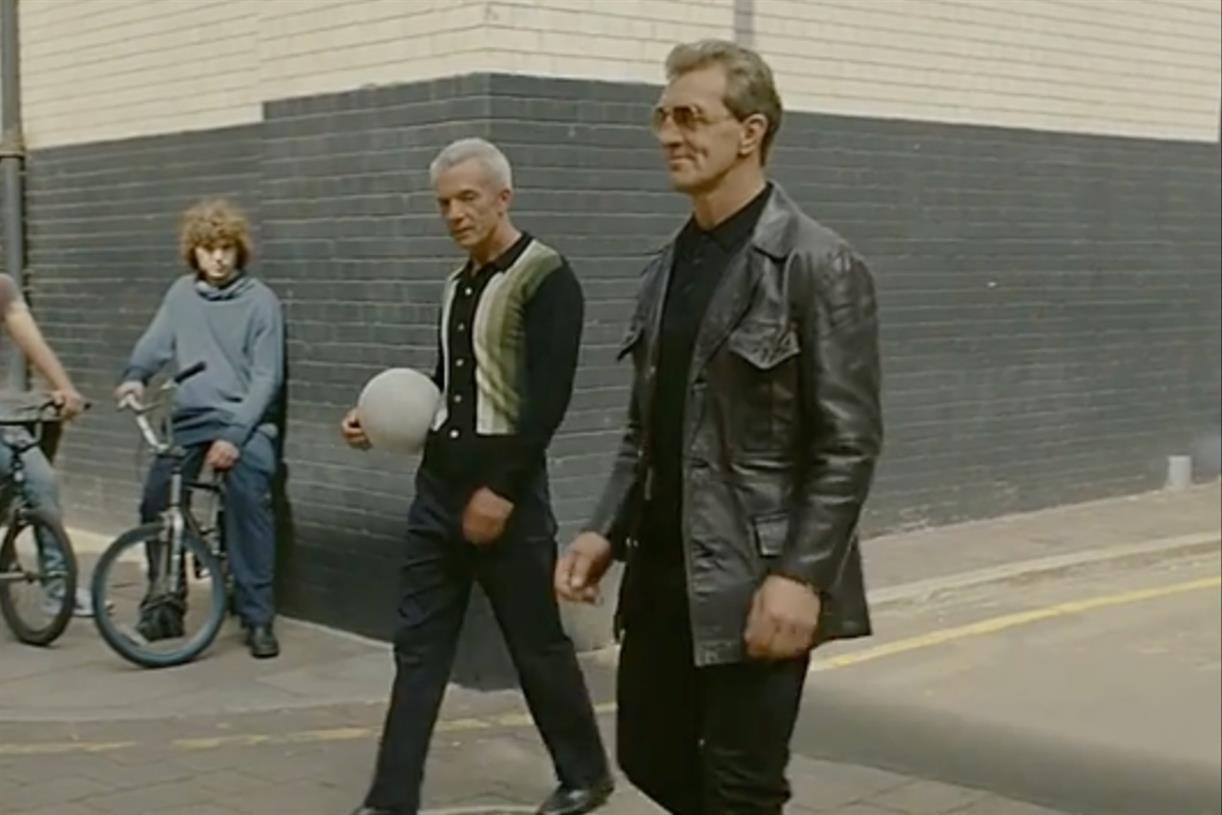





![Win Higher-Quality Links: The PR Approach To SEO Success [Webinar] via @sejournal, @lorenbaker](https://www.searchenginejournal.com/wp-content/uploads/2025/03/featured-1-716.png)

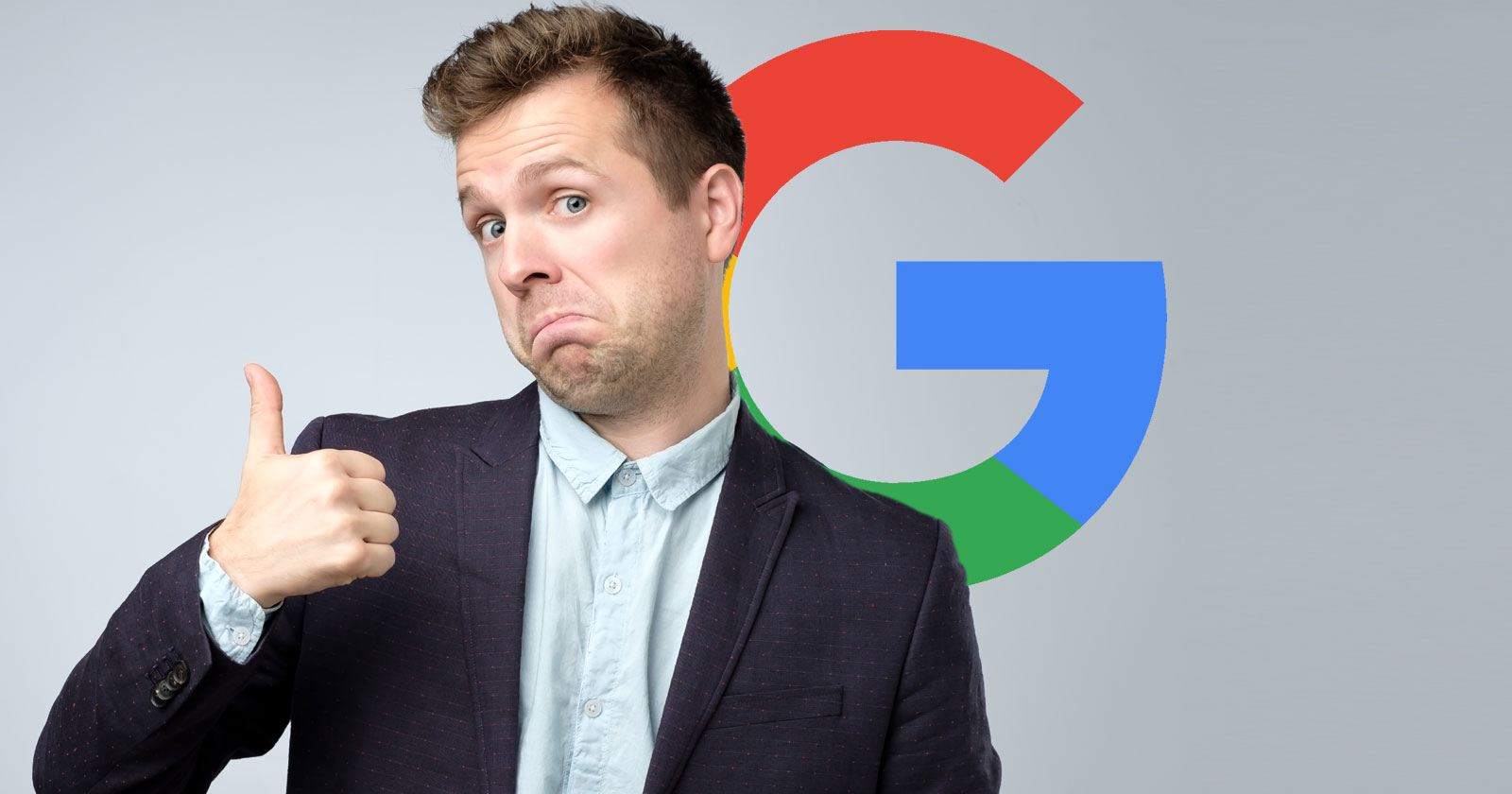

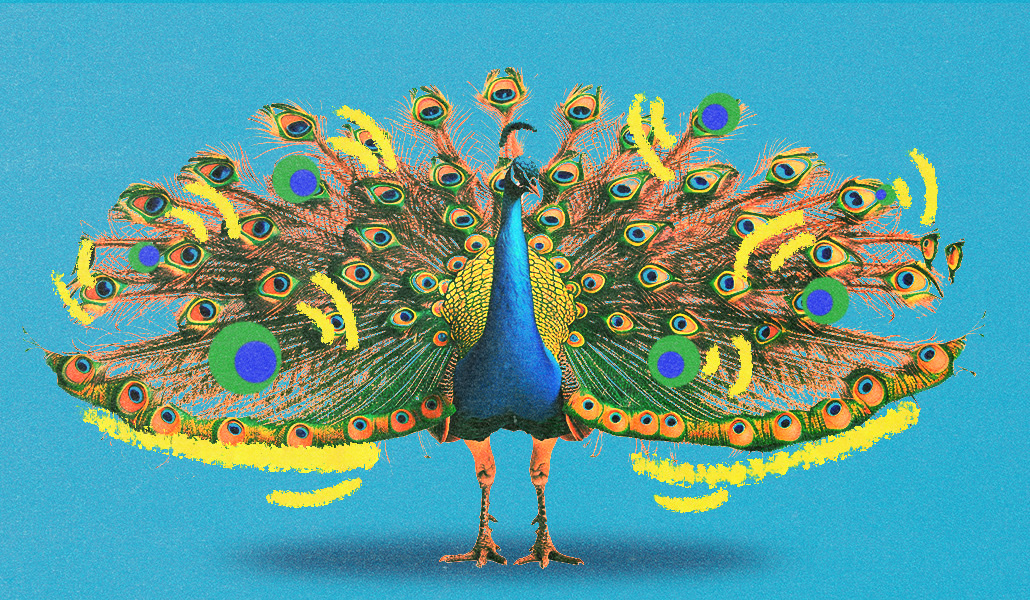











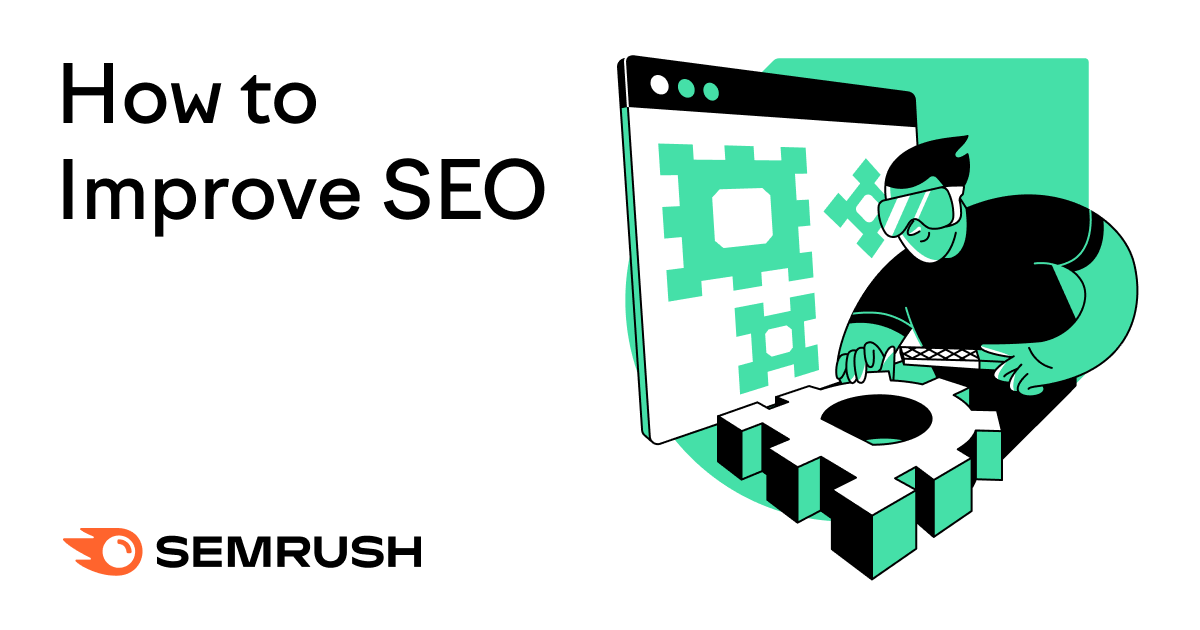



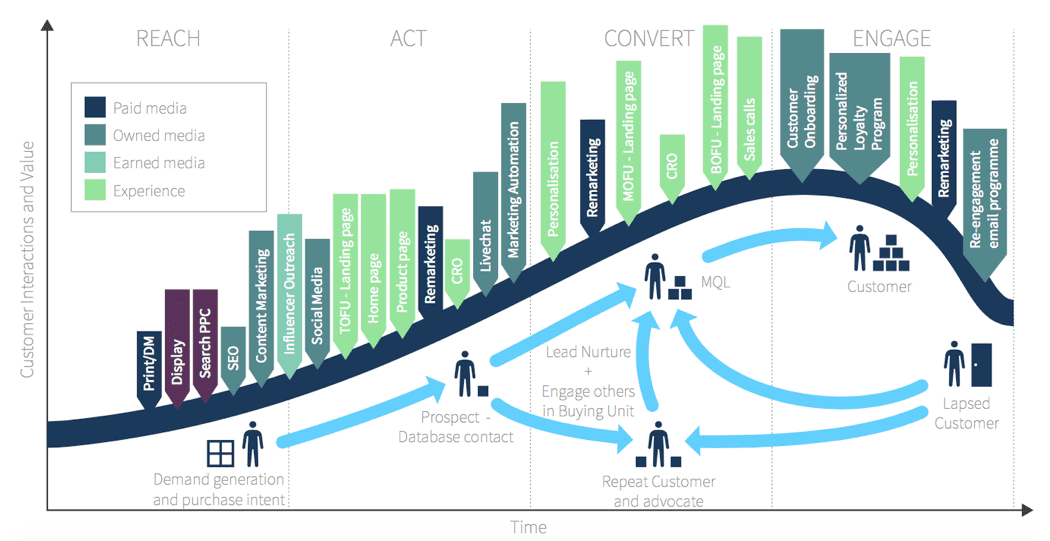
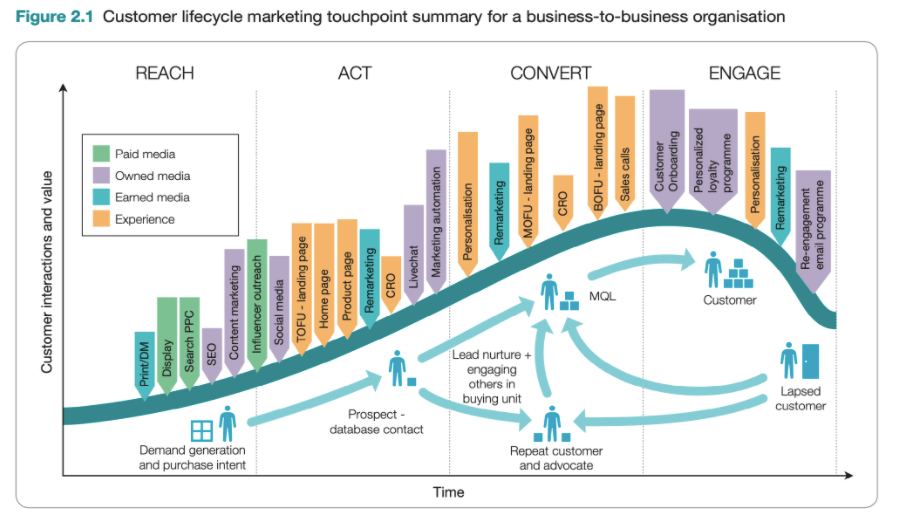
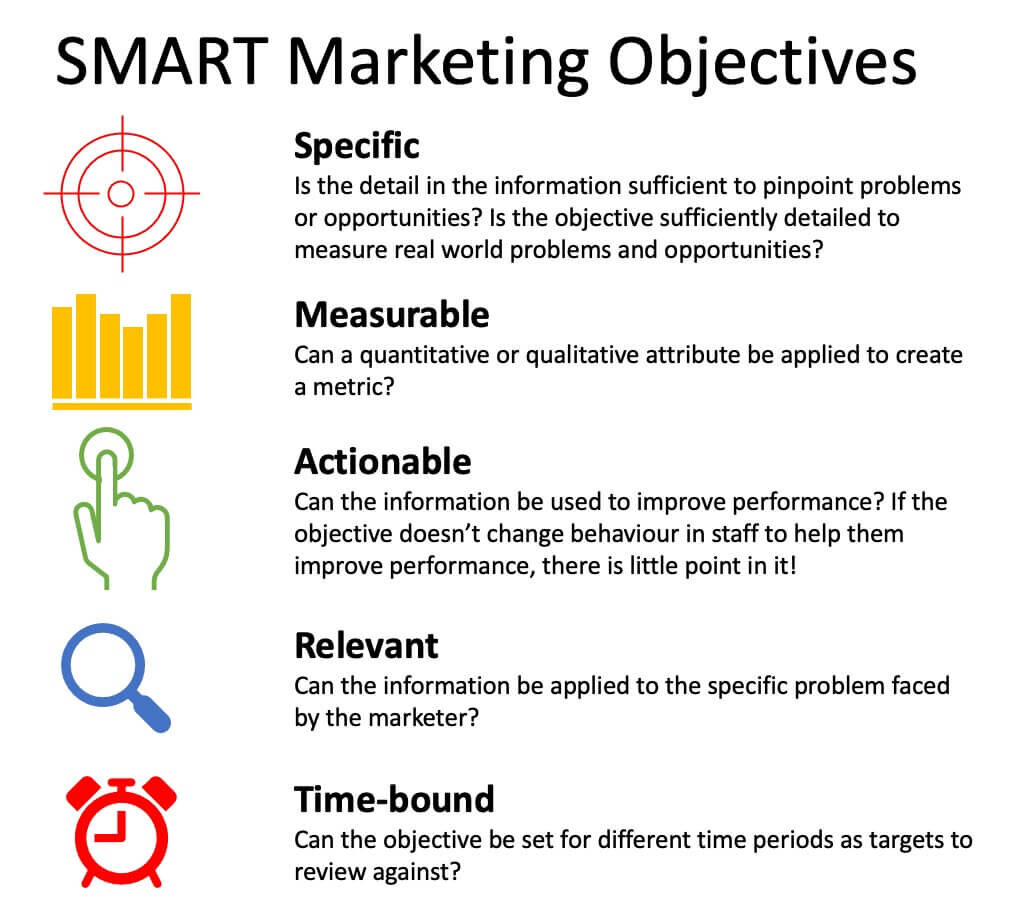
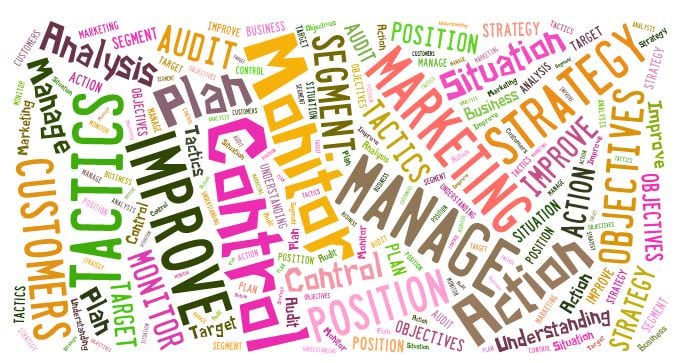
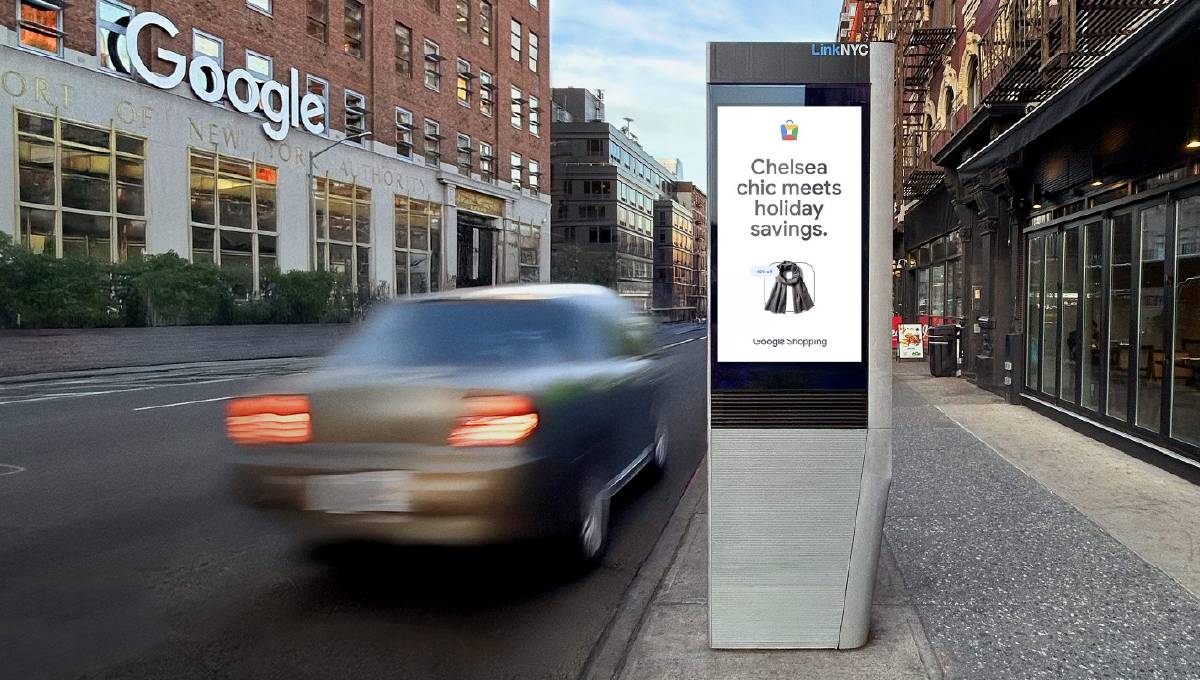


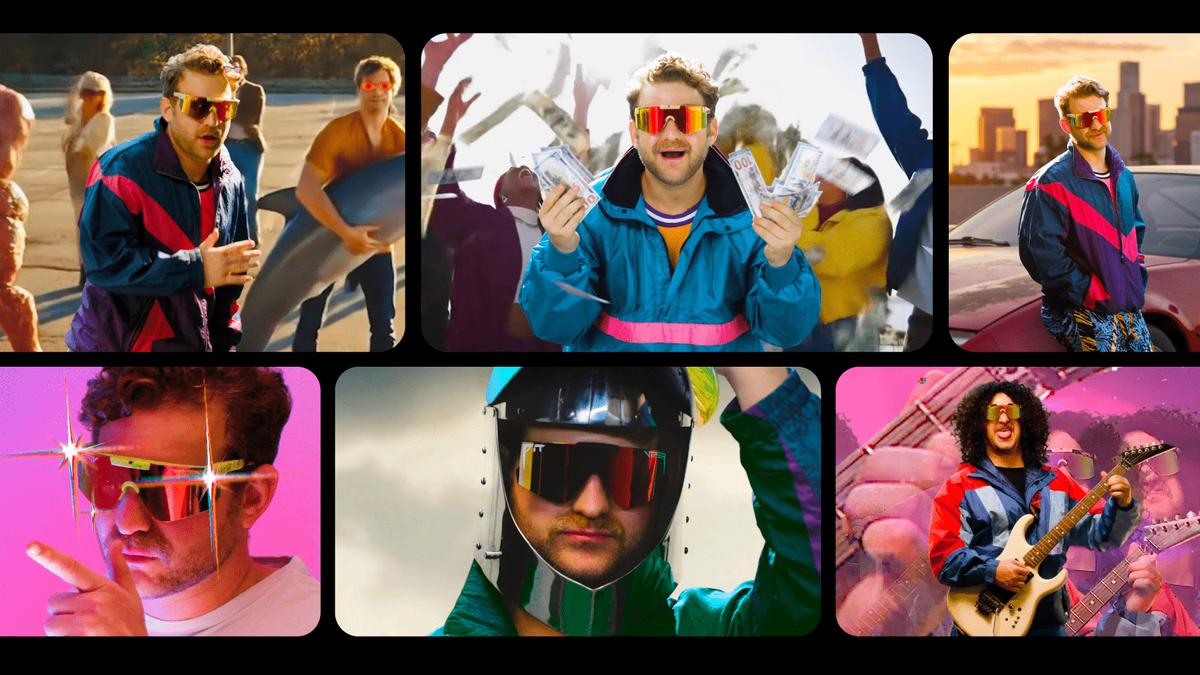




![How Marketers Are Using AI for Writing [Survey]](https://www.growandconvert.com/wp-content/uploads/2025/03/ai-for-writing-1024x682.jpg)



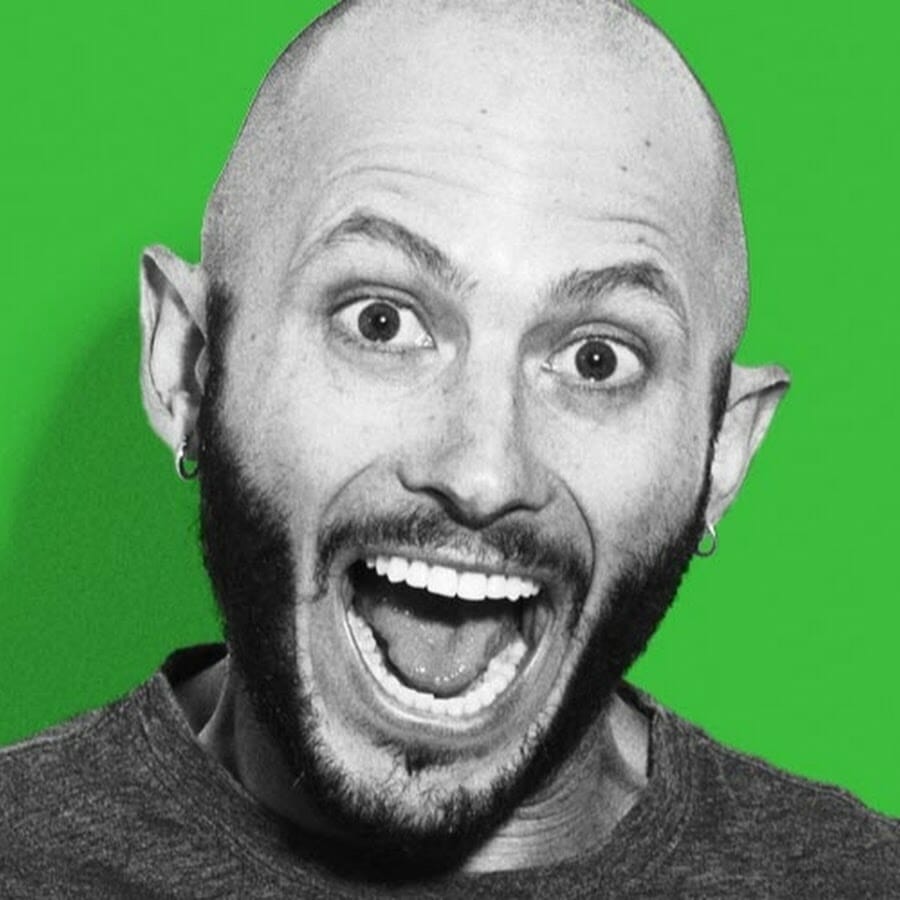

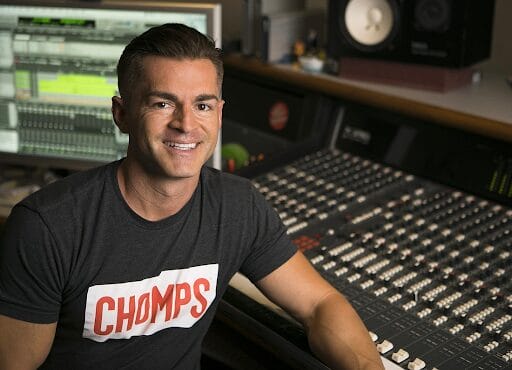
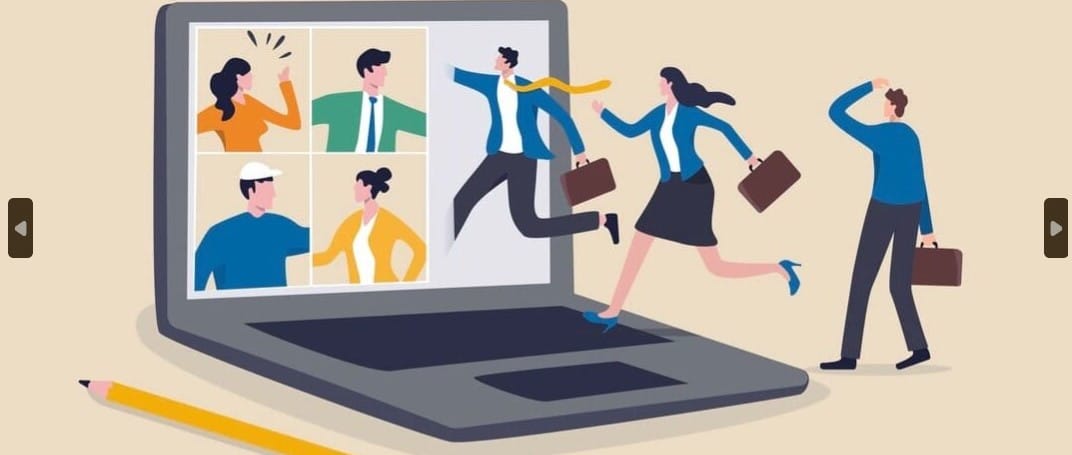



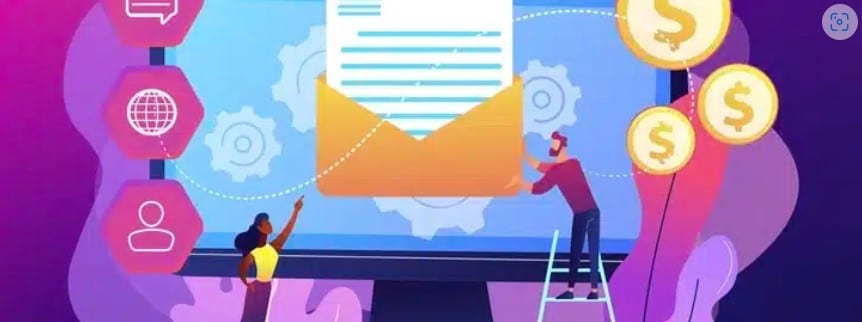





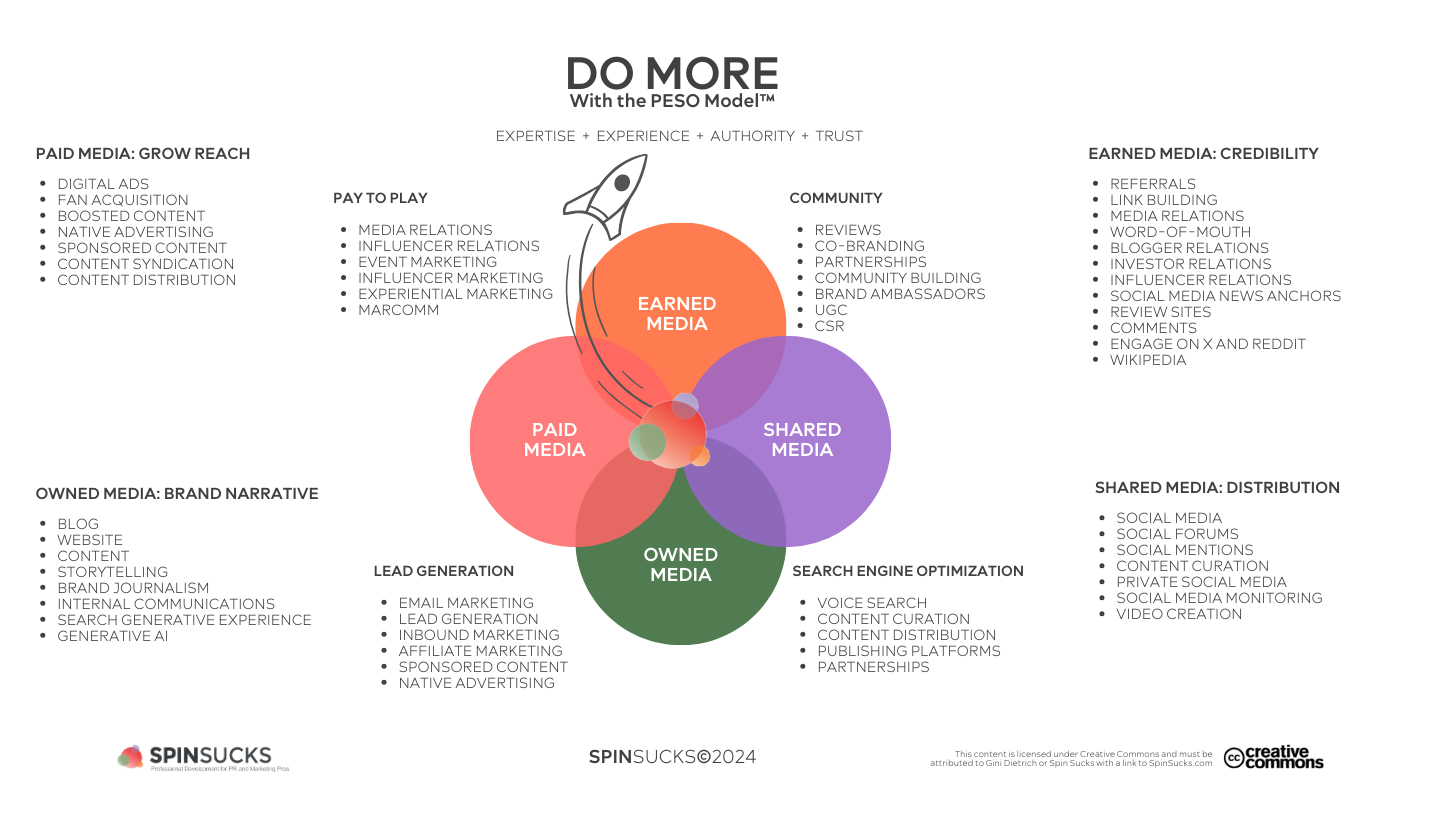
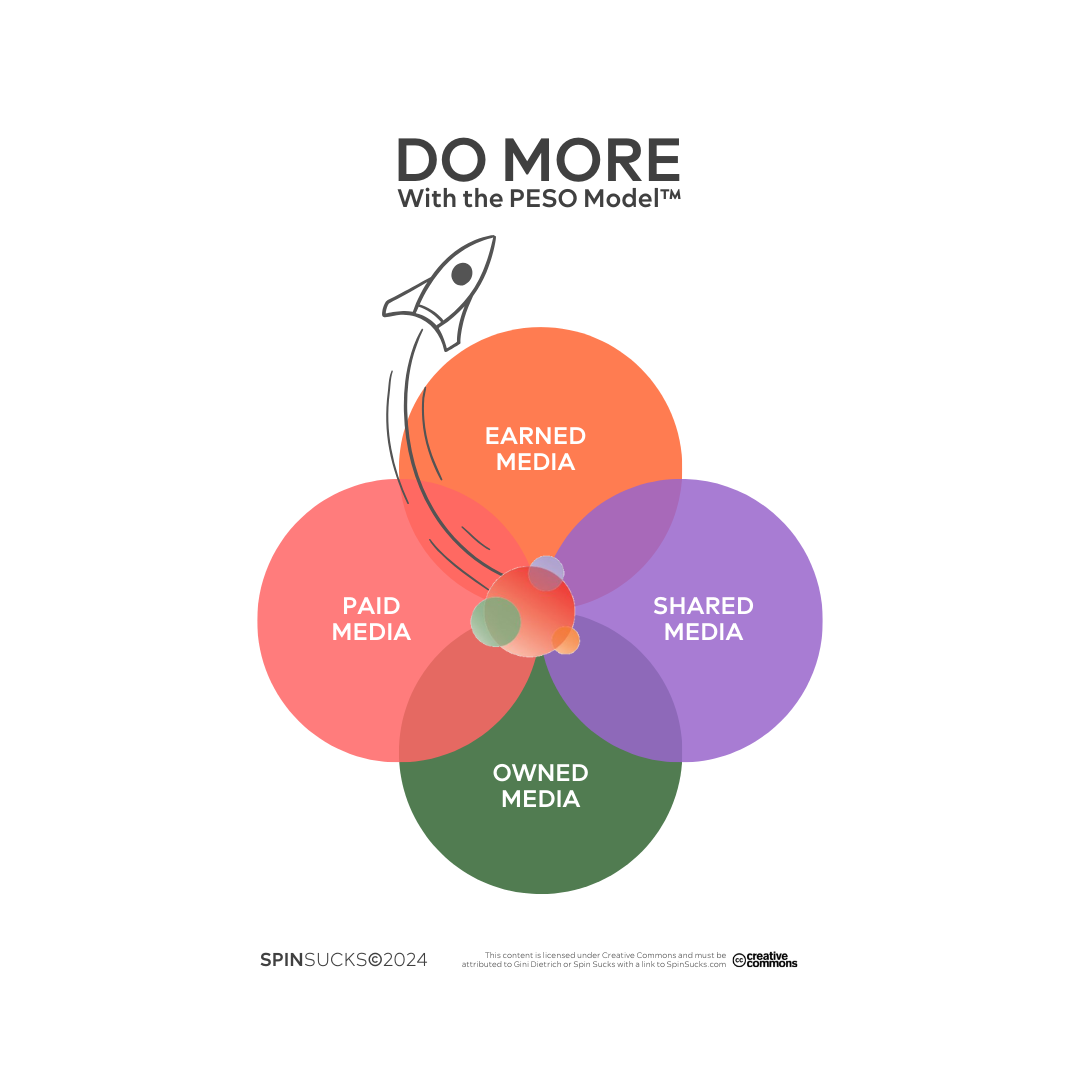



























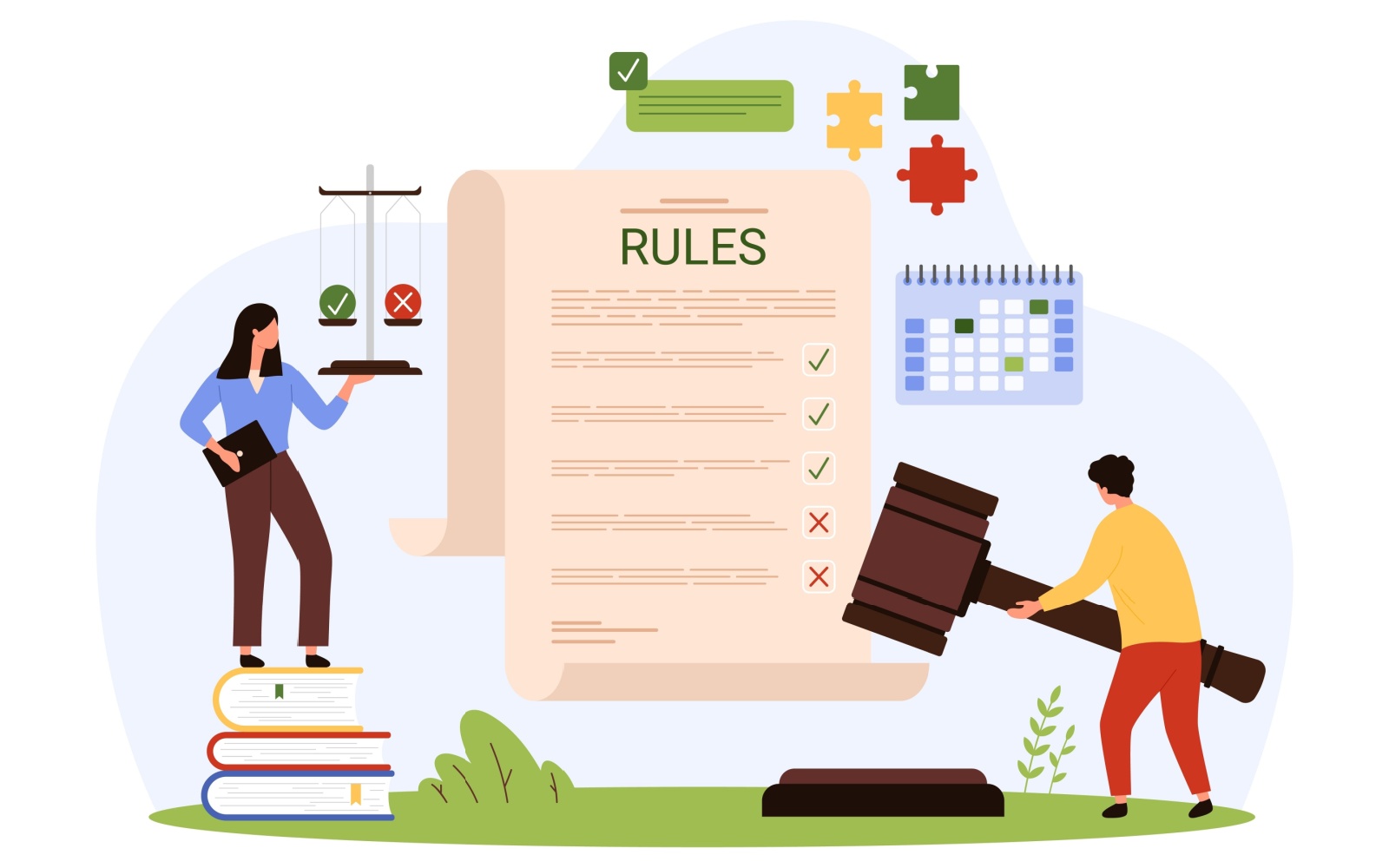



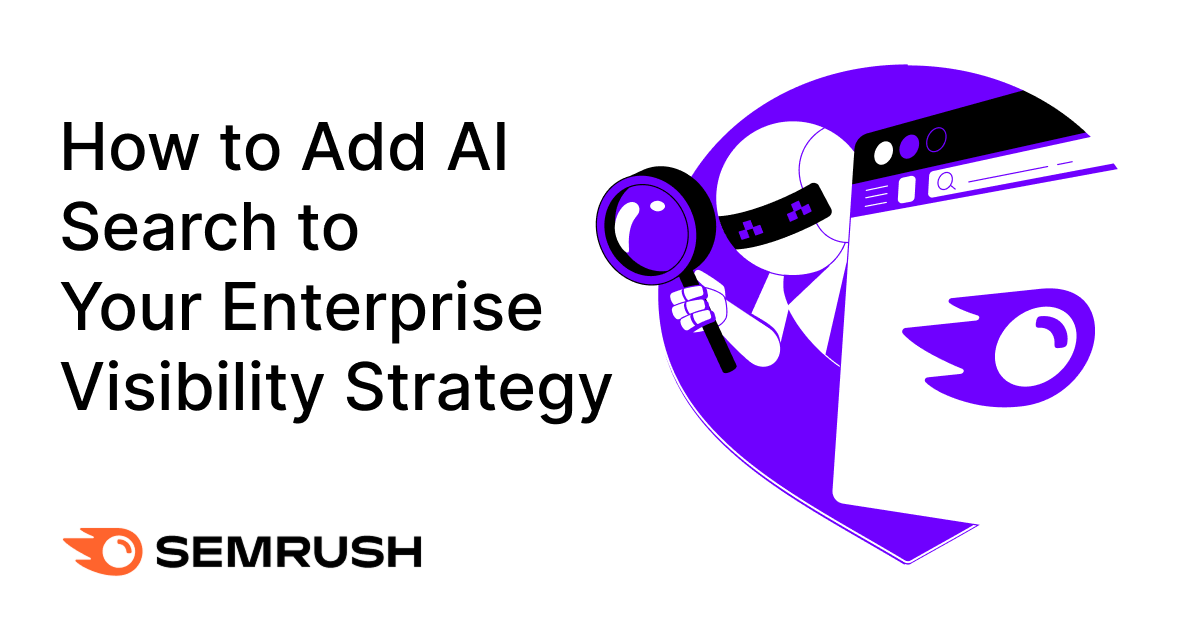


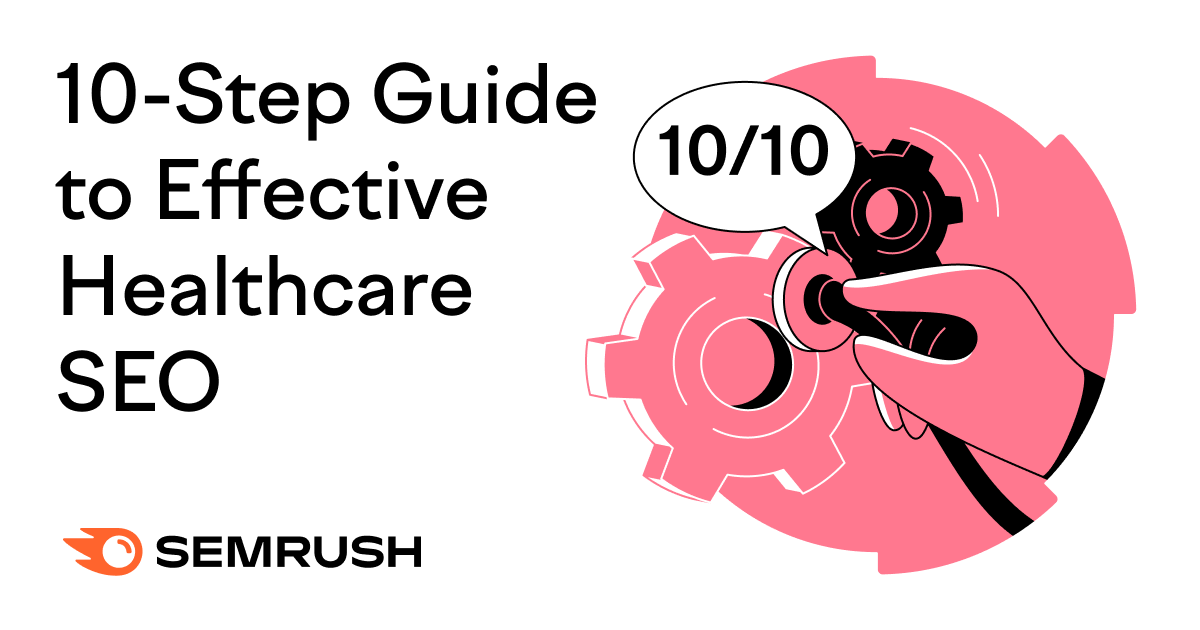

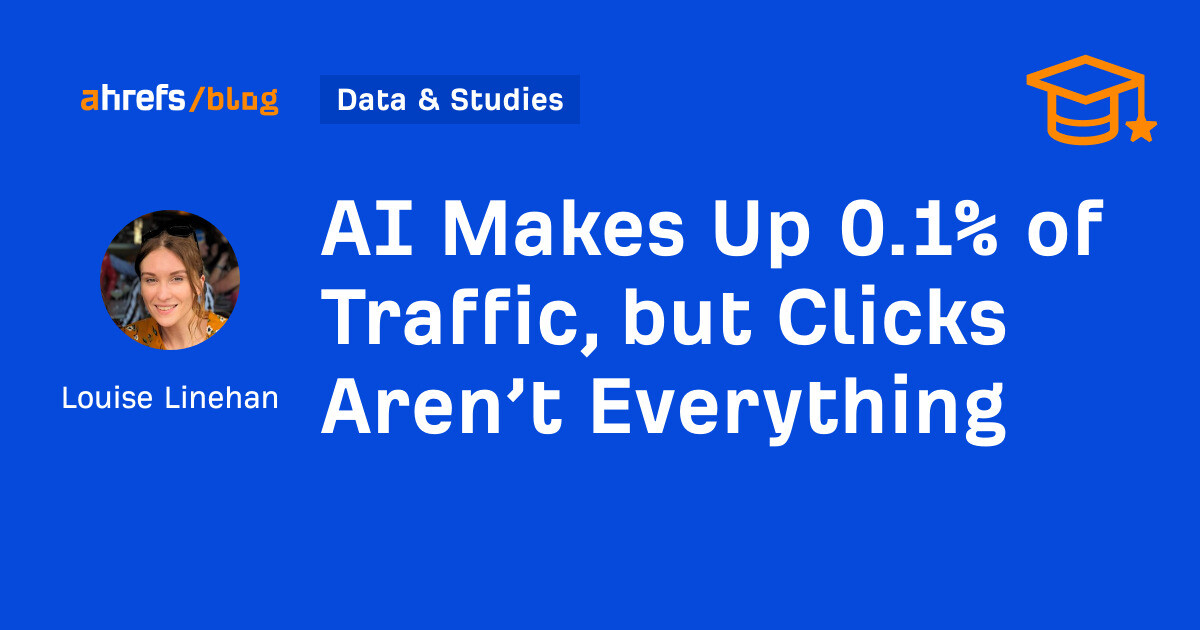
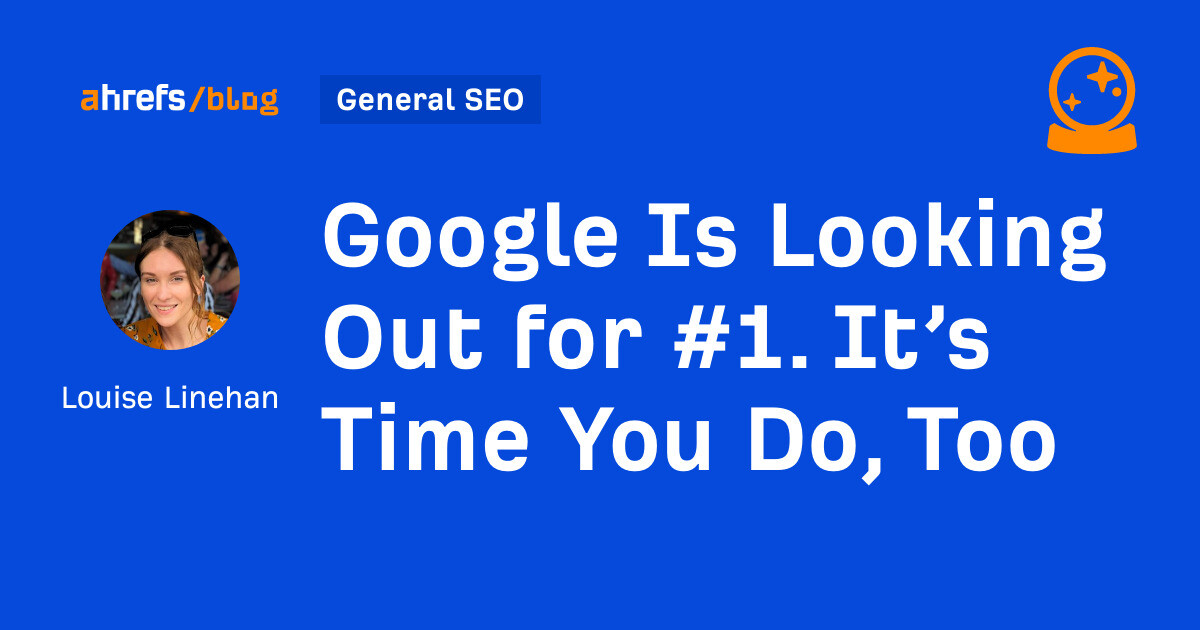
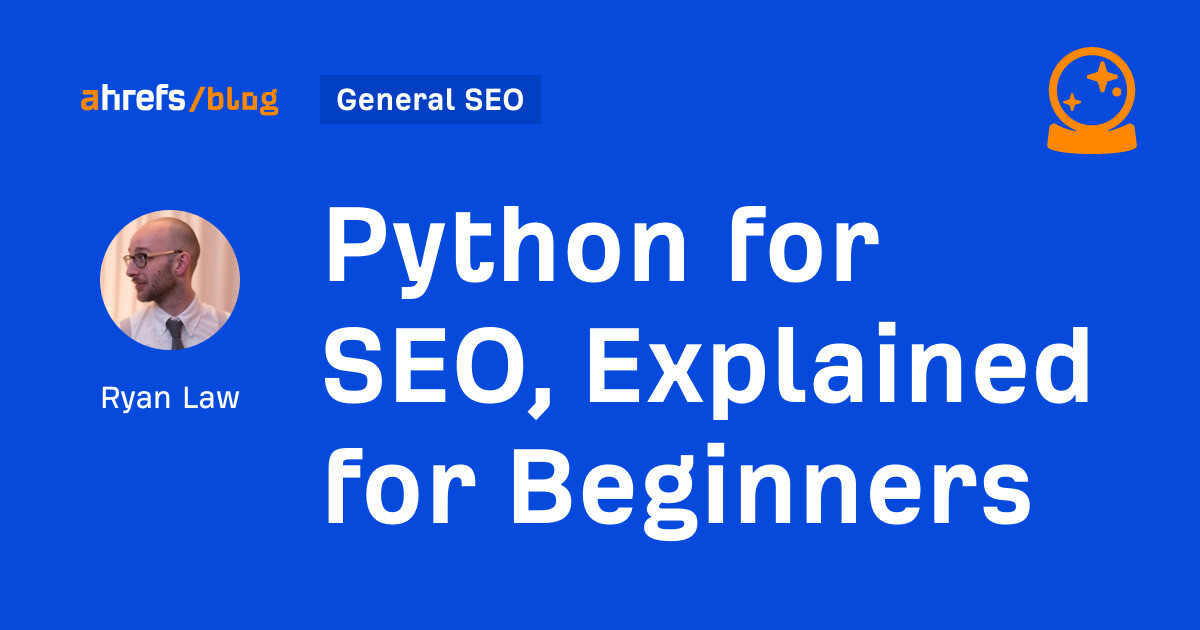
![How Meta Makes Its Money [Infographic]](https://imgproxy.divecdn.com/Kn_lAdtd3hjL-g3cebdKw3vQ_uTSMewIOId-plpm62o/g:ce/rs:fit:770:435/Z3M6Ly9kaXZlc2l0ZS1zdG9yYWdlL2RpdmVpbWFnZS9tZXRhX2Fkc18yLnBuZw==.webp)

![Here’s Why Integrated Marketing Is So Effective [+ Best Practices]](https://www.hubspot.com/hubfs/Untitled%20design%20%2830%29%20%281%29.jpg)
![How TikTok, Canva, & Other Top Marketing Teams Outperform the Rest [New Data]](https://www.hubspot.com/hubfs/Featured%20Image%20Template%20Backgrounds-1.png)

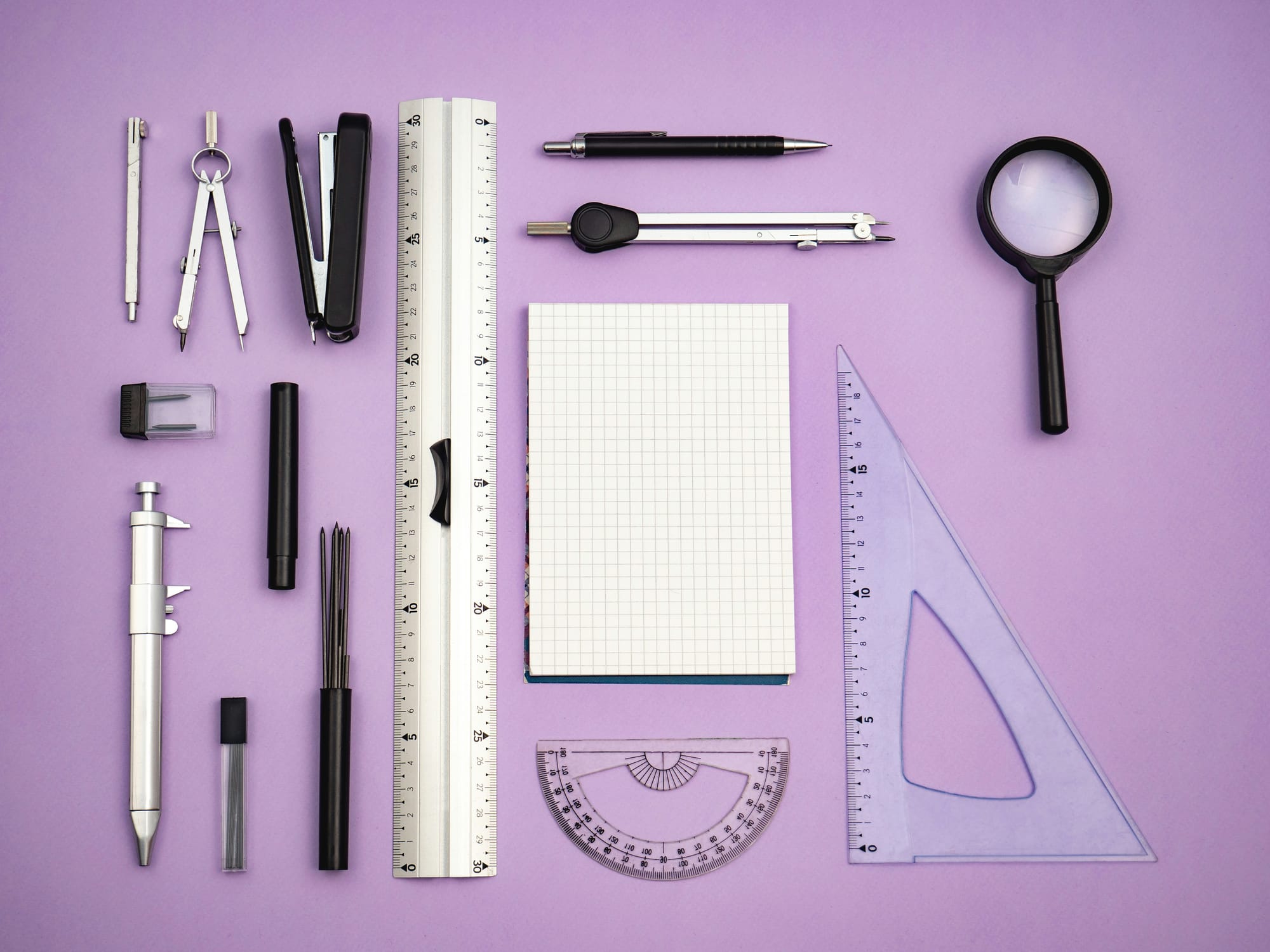








![311 Instagram caption ideas [plus free caption generator]](https://blog.hootsuite.com/wp-content/uploads/2022/07/instagram-captions-drive-engagement.png)

![How Conversion Funnels Create a Better Customer Journey [+ Tips to Optimize Yours]](https://www.hubspot.com/hubfs/Conversion%20Funnel.png)
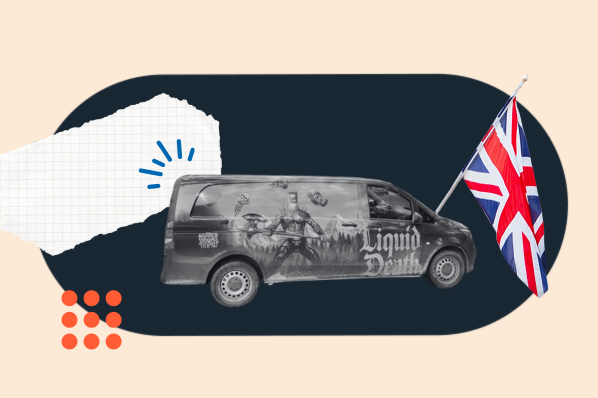


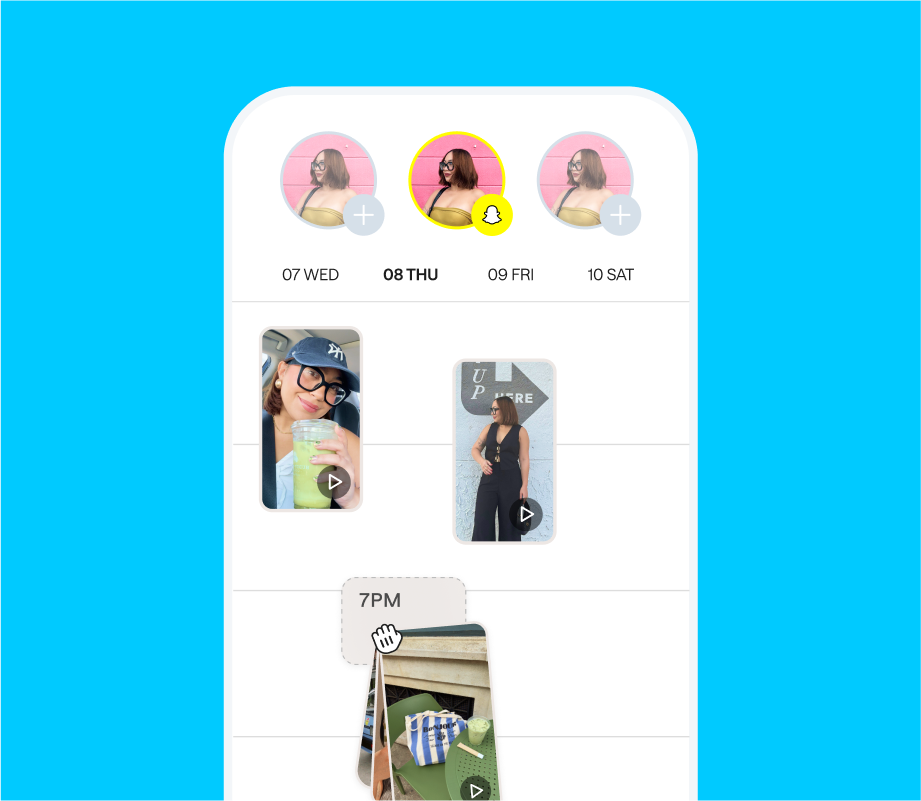
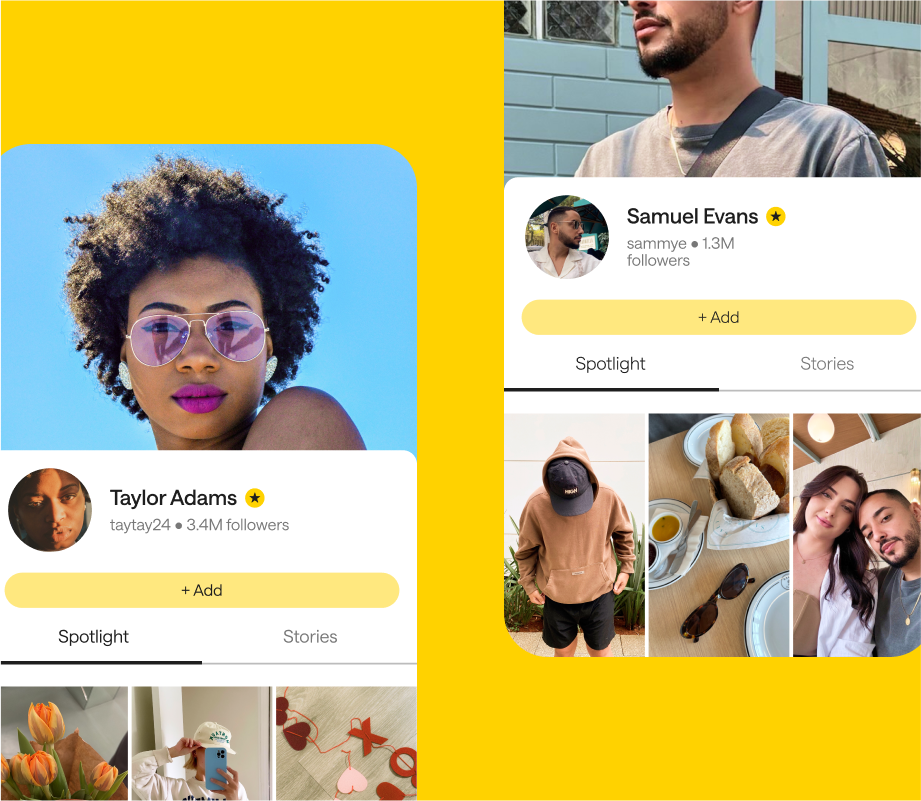
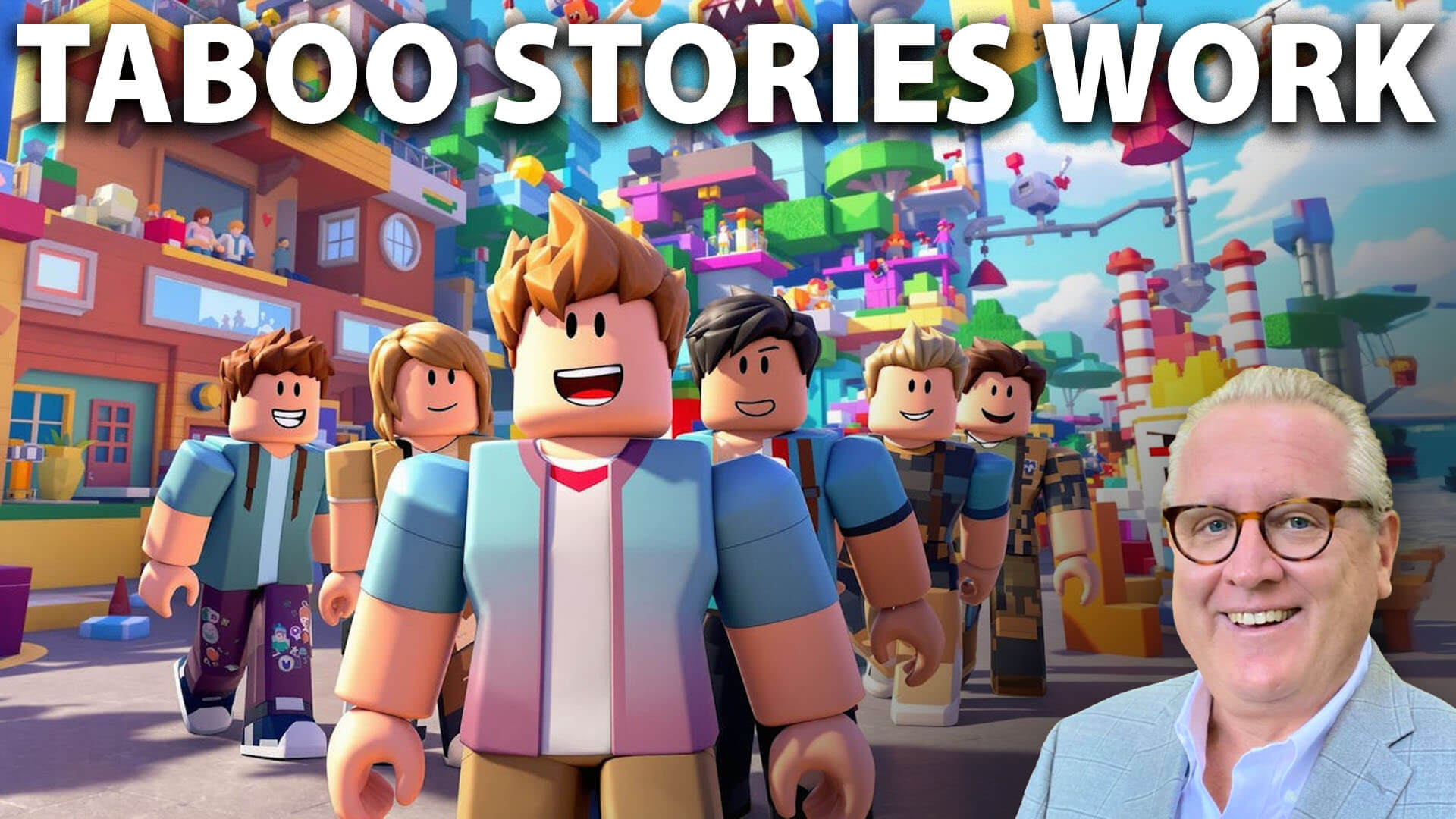

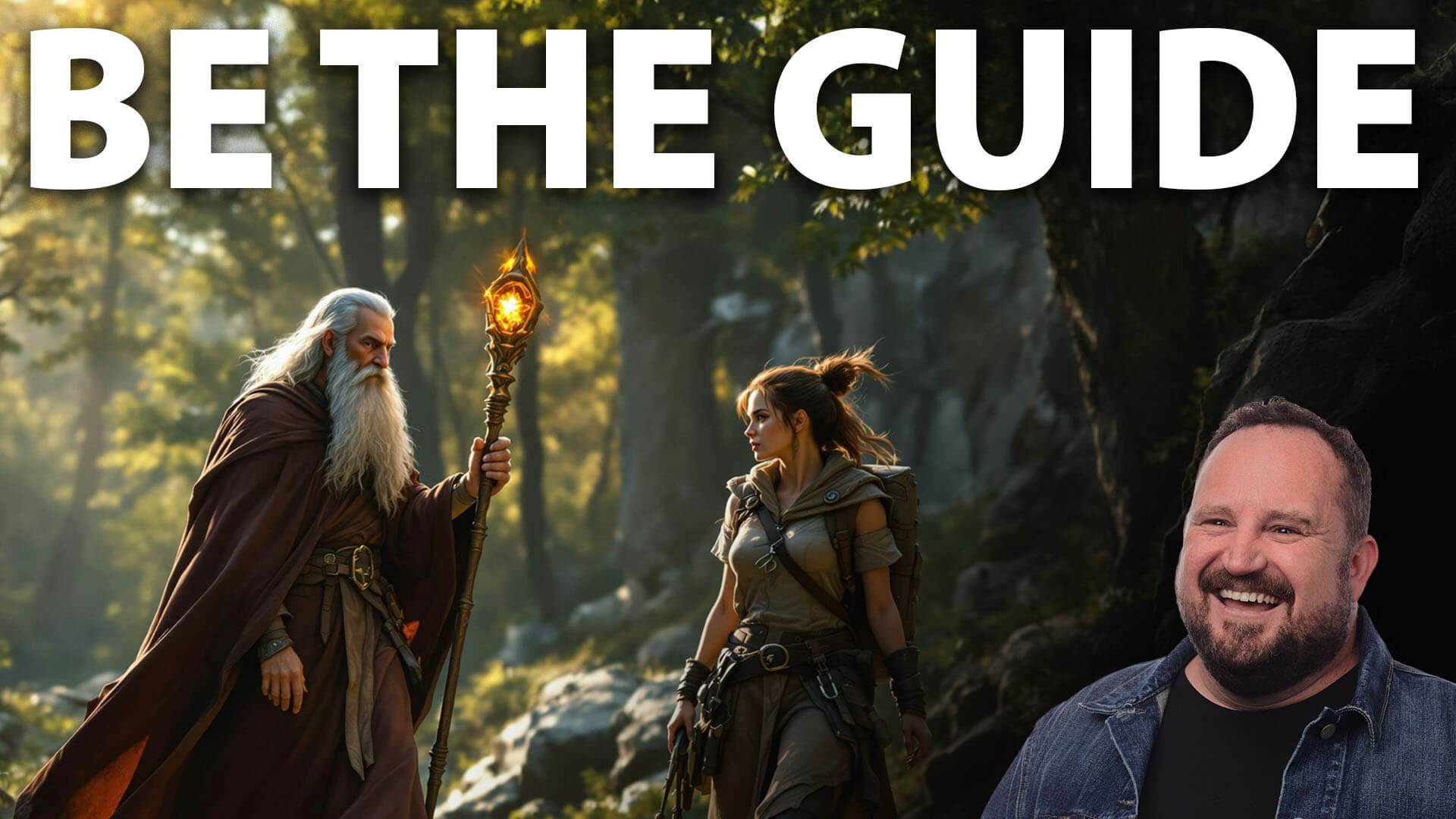
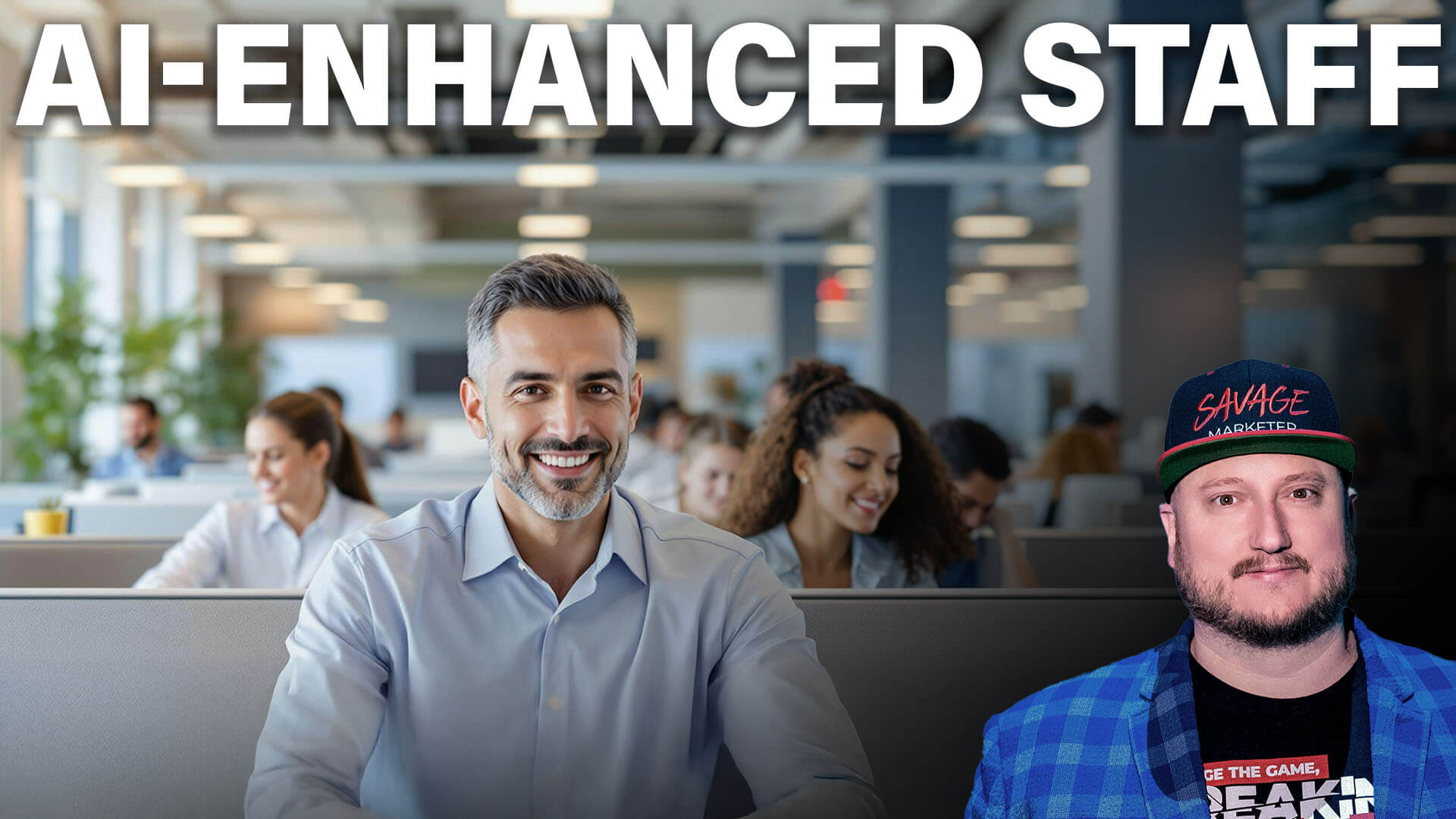



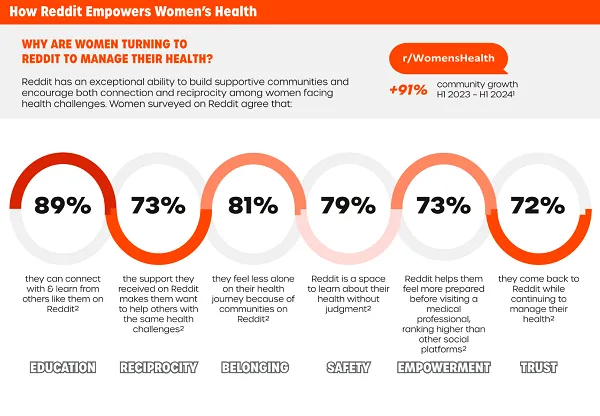
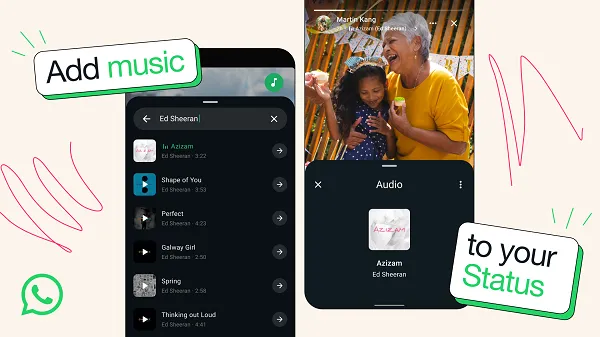
![Best times to post on Facebook in 2025 [Updated March 2025]](https://media.sproutsocial.com/uploads/2024/04/Best-times-to-post_2024_feat-img_fb.jpg)






